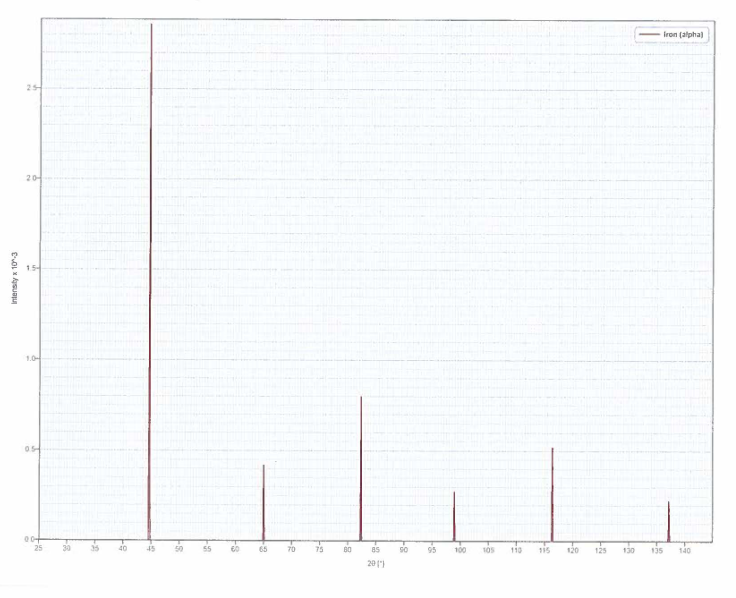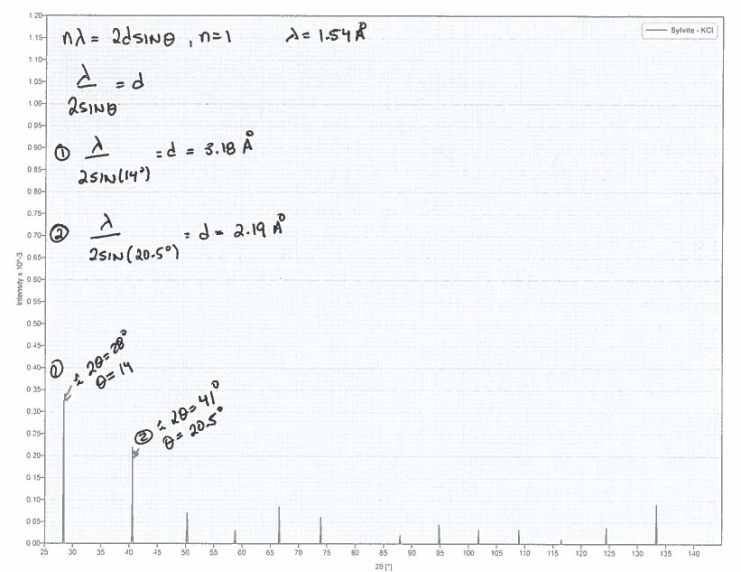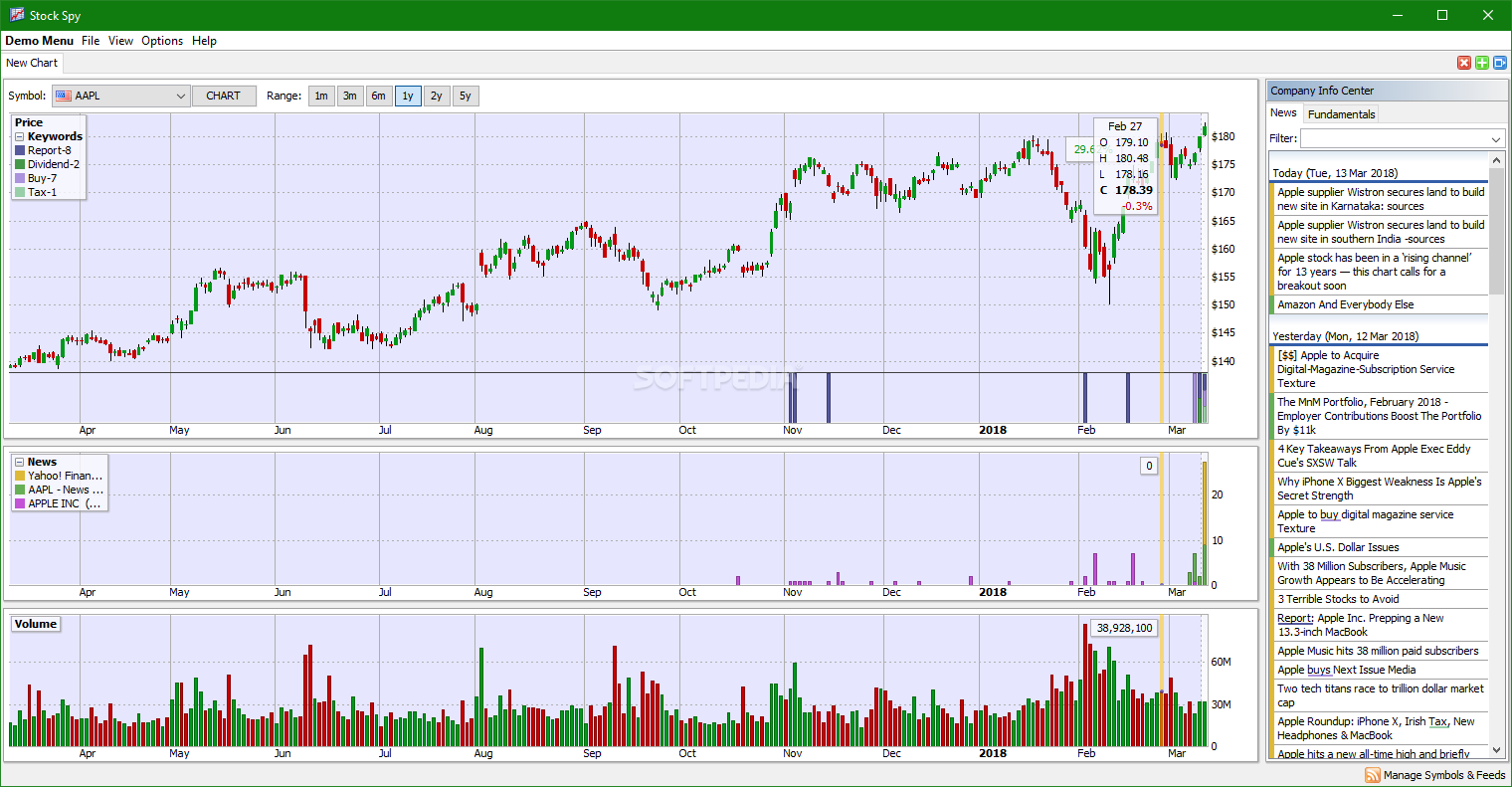

If you try manually combining the possible phases, you can probably rule many of them out and simplify your list.ġ) Look for sets of peaks with FWHM that are similar. Sometimes the peak-finding softwares are a little simplistic with a large number of false positives. You may also find it helpful to play with simple fitting softwares such as CrystalMaker/CrystalDiffract where you can try out different mixtures and fits.

Stardust Interstellar Preliminary Examination VIII: Identification of crystalline material in two interstellar candidates. S., Schmitz, S., Burghammer, M., Butterworth, A.
#Crystaldiffract database how to
It is (hopefully) overkill for your sample, but it will give you ideas on how to partition the problem (and some of the references may help too): I have one publication you can look at which addresses a rather complicated sample with amorphous, nanocrystalline, and crystalline objects. I don't have much information on your particular system: are they nanocrystals? Are you expecting just one or two phases? Dozens of phases? Do you have a lot of amorphous material present? I hope my question is "answerable", and not too broad I know there is a "specific-and-precise-question" policy in here. My problem boils down to lack of "strategy" or "analytical procedure", and maybe someone here could offer some advice. Does anyone know of any books or other literature that could help me? I did find an article called "Hints on Phase Identification Using Powder X-ray Diffraction", which certainly raised a lot of potential problems and procedures, but which did not necessarily solve these problems or explain why the procedures would help. I am not able to find good literature on this subject.

I lack criteria needed to accept a phase as present, and discard other phases as not present. Then another 20 phases share the highest score minus 1. Should I focus just on the major peaks? Are the minor ones important too? When I do a search-match analysis, I get 400 suggested phases, where 20 phases share the highest score. Then I do a peak search, and 50 peaks are detected. Too high? Too low? Does this strongly affect the phase identification? I know how to determine the background, but I am not sure when the background is appropriately determined.
#Crystaldiffract database software
Grasping the software is not what I am concerned about. The goal: which manganese phases are present, and which dominate? Sample: respirable fraction aerosol samples from ferro- and silica manganese plants. Instrument: PANalytical X'Pert$^3$ Powder Here follows some basic information about the experiment: I am having some trouble with qualitative phase identification using x-ray diffraction (XRD).


 0 kommentar(er)
0 kommentar(er)
